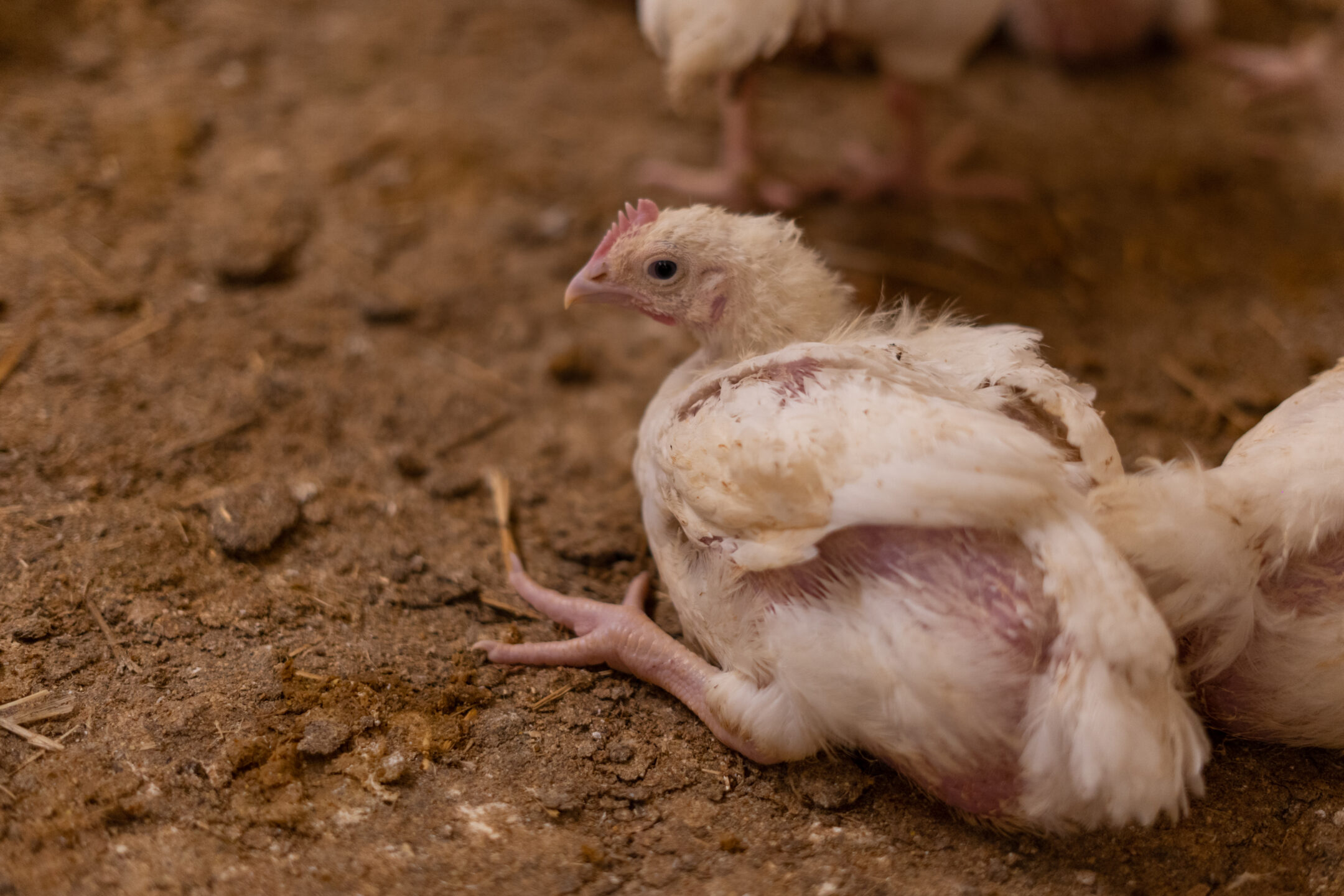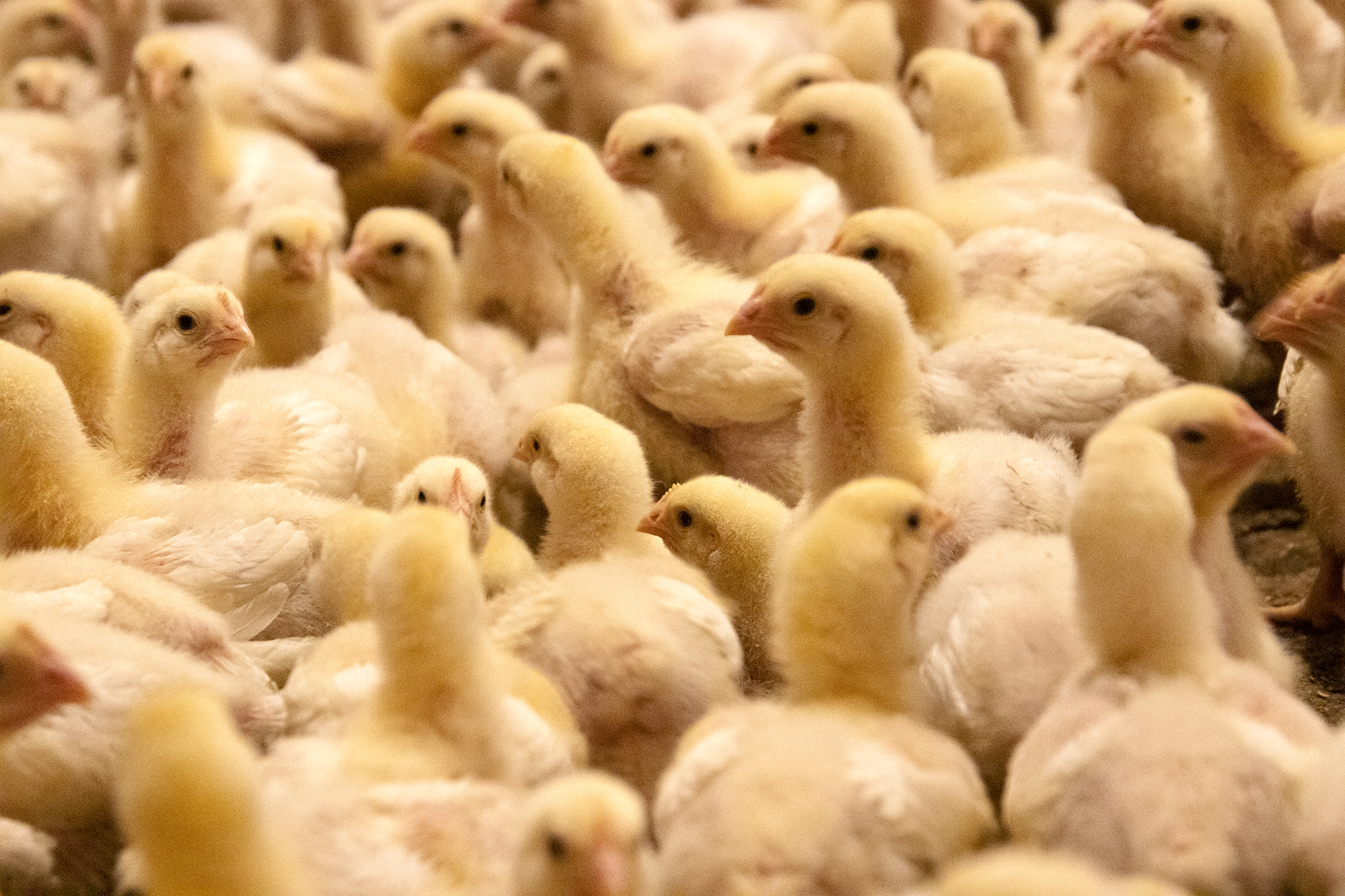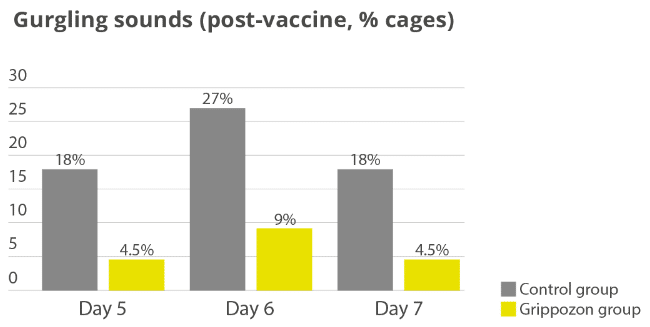Optimizing DOC quality, part 2: The hatchery perspective

Conference report
At EW Nutrition’s Poultry Academy in the fall of last year, Judy Robberts, Technical Service Manager, Aviagen discussed the impact of the hatchery on chick quality. The transportation and storage of hatching eggs, preventative maintenance, and day-old chick transport all play an essential role. If mismanaged, these areas can negate the benefits of money spent and improvements made at the breeder farm or even in the hatchery itself.
Egg transport from breeder farm to hatchery
The transportation of hatching eggs from the breeder farm to the hatchery is critical: clean and disinfect the truck prior to use, to prevent pathogen spread, and only use a truck that is dedicated to transport hatching eggs. Always transport eggs small end down to avoid loose air cells.
The temperature of the farm egg storage room should higher than the egg transport truck. This decrease in temperature is to prevent condensation (also referred to as sweating) on the eggs. Condensation on the eggshell impairs the natural mechanisms of defense and provide an ideal environment for bacteria grow, penetrate the shell, and contaminate the egg. Condensation on eggs is more common in hot and humid climates common throughout Asia. Even when on-farm egg storage and truck temperatures are equal, sweating can still occur during loading and unloading, especially on warm and humid days. In such a case, a higher on-farm storage temperature of 23°C instead of the generally recommended 18-20°C can be considered.
Avoid sudden temperature changes. Use temperature loggers during transport to record any temperature fluctuations. Take internal egg temperatures at different locations within each batch received at the hatchery, to check temperature conditions during transport. The relative humidity of the truck should be set at 65-70%.
Egg storage at the hatchery
Don’t forget that storage starts from the time of laying, not the time of receival at the hatchery. Egg storage rooms are important, yet they are frequently overlooked. Areas to consider include:
- Consistent temperature 24/7 (insulation and fans will minimize variation),
- Avoid condensation,
- Do not place eggs directly against the wall or on the floor in the storage room, to maximize air circulation and to ensure uniform conditions,
- Alarm systems – set for a maximum temperature of 21°C and a minimum of 16-18°C,
- Sensor accuracy (loggers are recommended), and
- Sensor placement – don’t place in a direct line of temperature or humidity sources as this will lead to false readings. Similarly, allow for air circulation, do not place sensors against walls.
Temperature and storage time
“The holding temperature should be based on storage time,” advised Ms Robberts. Eggs which are set within 4 days of lay don’t need to be kept at a temperature below 20°C; in this case 21–22°C is regarded as optimal. This relatively high temperature promotes the thinning of the albumen, which improves the gas exchange during early incubation. On the other hand, it is low enough to maintain the vitality of the embryo. Best hatches result from eggs 3–7 days of age. Storage for longer than 7 days will require cooler temperatures to help reduce the loss of hatch due to embryo cell death and decline in internal egg quality. If the storage period is less than 7 days a storage temperature of 16-18°C is advised and if the storage period is longer, a temperature of 10-12°C is mostly recommended. The eggs of young breeder flocks are better suited for prolonged storage periods than eggs of older breeder flocks, as albumen quality in eggs of younger breeder flocks is higher.
Differences in temperature will result in the eggs reaching incubation temperature at different times and, therefore, hatching at different times, increasing the hatch window.
Relative humidity
The egg storage room should have a relative humidity of 70-80% to prevent egg dehydration and to maintain internal egg quality. The humidity should be a fine mist, so the eggs do not get wet. Humidifiers should be maintained and cleaned regularly. Dirty humidifiers can be a significant source of bacteria and lead to egg contamination. Follow the same guidelines for trolley placement, spacing, and air circulation in the hatching storage room as the farm egg storage room. Likewise, the same recommendations apply for thermometer monitoring and placement.
Don’t forget the maintenance
Maintenance is often reactive, not preventative – things are only fixed when they break down. This can compromise hatchability and chick quality. A few things to consider when setting up a maintenance plan are:
- Have a dedicated person responsible for maintenance reporting to the hatchery manager,
- Produce a list of all the equipment to be maintained including frequencies,
- Keep records on all performed maintenance,
- Maintenance includes calibration of equipment,
- Keep track of spare parts on hand, and
- Include the building structure and ancillary equipment in the program.
Day-old chick transport
 Transport cannot improve the quality of the day-old chick, but it can certainly harm the chick’s welfare, growth, development and performance.
Transport cannot improve the quality of the day-old chick, but it can certainly harm the chick’s welfare, growth, development and performance.
If chicks are transported outside their thermoneutral zone (32-35oC) they will start using up the nutrients from the yolk sac at a much faster rate to maintain their core temperature (40-41°C) . A core temperature above 41°C post-hatch will lead to panting resulting to water loss with the risk of dehydration and below 39.5°C will lead to reduced activity and low feed consumption. Adjust the number of chicks per box if optimal temperature inside the chick boxes cannot be achieved due to limitations in transport equipment.
Optimizing transport conditions for day-old chicks from hatchery to farm for is beneficial for subsequent performance.
Conclusion
The modern hatchery is a major investment, so it just makes sense to pay attention to detail to maintain hatching egg quality and produce high-quality chicks. Factors such as egg storage conditions, play a significant role in achieving maximum hatchability. Through monitoring and auditing, areas with deficiencies can be identified and corrected to continue producing high quality hatching eggs. The transport of day–old chicks from should ensure that the birds arrive at the farm in the same condition in which they left the hatchery.






















